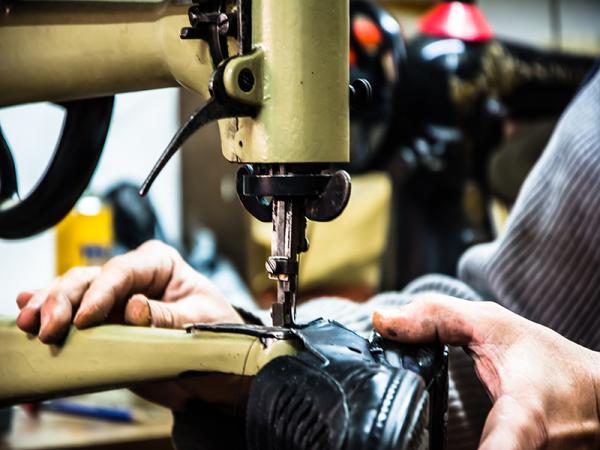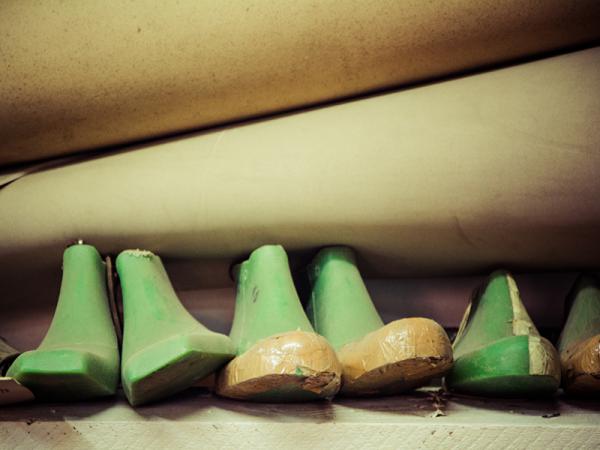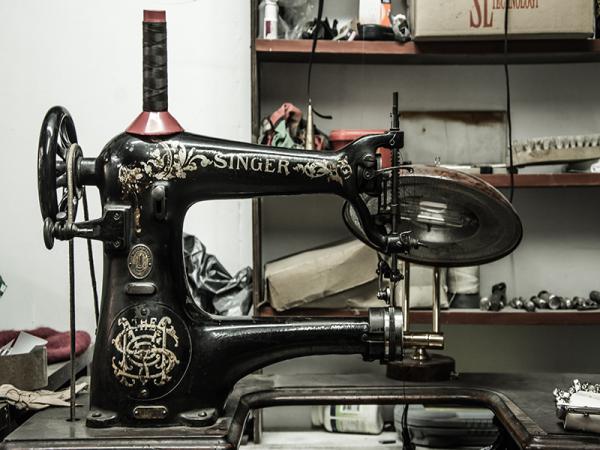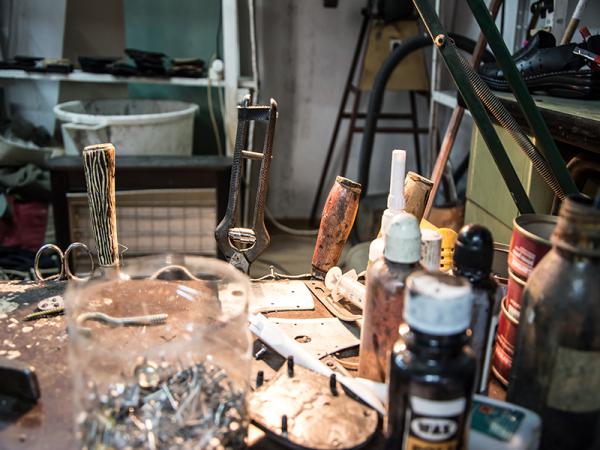Shoemaking is the process of making footwear. Originally, shoes were made one at a time by hand. Traditional handicraft shoemaking has now been largely superseded in volume of shoes produced by industrial mass production of footwear, but not necessarily in quality, attention to detail, or craftsmanship.
Shoemakers or cordwainers (cobblers being, historically, those who repair shoes) may produce a range of footwear items, including shoes, boots, sandals, clogs and moccasins. Such items are generally made of leather, wood, rubber, plastic, jute or other plant material, and often consist of multiple parts for better durability of the sole, stitched to a leather upper.
Most shoemakers use a last—made traditionally of wood, but now often of plastic— on which to form the shoe. Some lasts are straight, while curved lasts come in pairs: one for left shoes, the other for right shoes.
Traditional shoemakers used to use more than 15 different techniques of making shoes. Some of these are: pegged construction, English welted (machine-made versions are referred to as "Goodyear welted" after the inventor of the technique), goyser welted, Norwegian, stitchdown, turnout, German sewn, moccasin, bolognese stitched, and blake-stitched.
Source: Wikipedia








